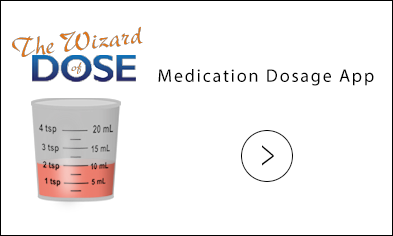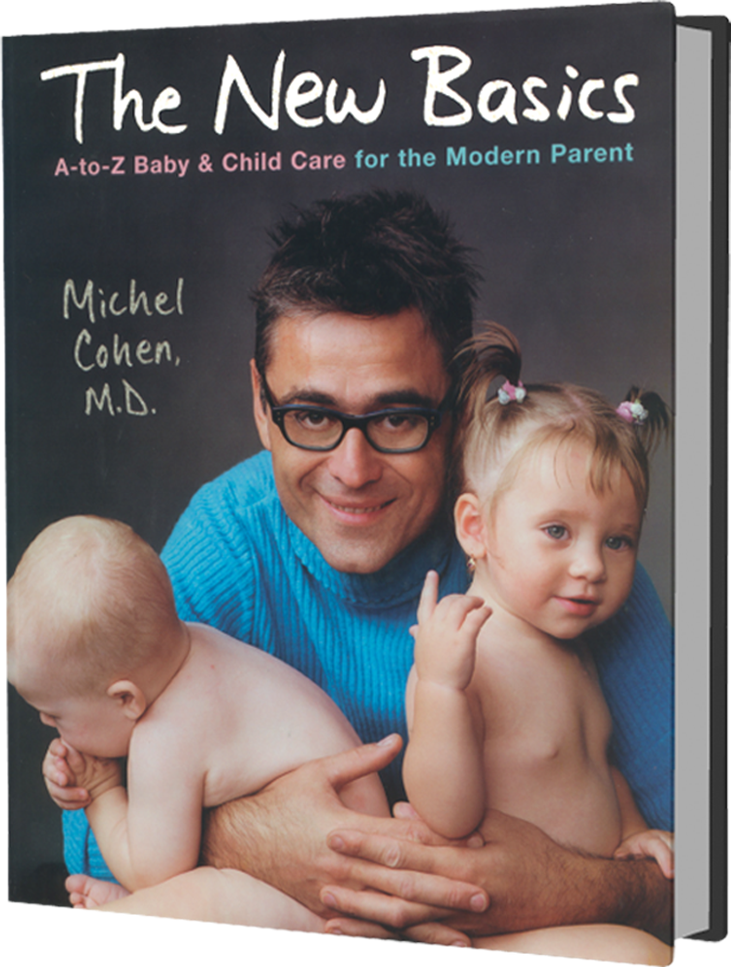
Febrile Convulsions
In predisposed children, a high fever can cause an irritation of the brain that produces febrile convulsions (also known as febrile seizures). Without any warning, Jimmy falls unconscious, his limbs shake, his eyes roll, and he foams at the mouth. The convulsion often takes you by surprise, because it can happen at the first onset of rising temperature. The seizure generally lasts for just a few seconds, which seem like an eternity, since Jimmy appears not to be breathing. He is, but the respiration is very shallow. When the convulsions stop, he falls into a deep sleep and feels boiling hot to the touch. Upon waking up a while later, he looks as if nothing has happened.
Any illness that causes a high fever, such as flu or roseola, can trigger these events. Febrile convulsions are more common in children from six months to six years, and they run in the family. As dramatic as they seem, they are not dangerous to the brain, either in the short or long term, but because they’re called “seizures” they tend to generate excessive medical intervention. For starters, parents often panic and call an ambulance to rush the child to the emergency room. This almost always leads to unnecessary tests and sometimes even unwarranted hospitalization. While this overreaction is understandable, most doctors now advise parents to observe the episode at home while speaking to a medical professional on the telephone and address the cause of the fever later.
Febrile convulsions can resemble symptoms of meningitis, a very serious but fundamentally different condition. Whereas febrile convulsions are a short-lived irritation, meningitis is an infection of the brain that causes a child to become extremely sick gradually, so that by the time a seizure occurs, he is usually on the brink of coma. In febrile convulsions, the onset is sudden, and the recovery appears magical.
If the shaking lasts longer than ten minutes. Unless you looked at the clock when it started, don’t rely on your impressions, because convulsions always seem to last forever.
If your child does not regain alertness after fifteen or twenty minutes.
If there is no fever before or afterward. This could point to a seizure disorder that has nothing to do with febrile convulsions, such as those caused by brain abnormalities.
If any of these situations occur, take your child to the hospital immediately.
If the convulsions happen while Jimmy has an illness that causes high fever, such as flu, an ear infection, or roseola.
If the shaking lasts for less than ten minutes.
If Jimmy gradually comes out of his sleep and looks the same as before.
Make sure Jimmy is lying flat during convulsions. This makes breathing more comfortable.
Once the shaking has stopped and Jimmy is sleeping, call your doctor to discuss the event and the treatment of the associated illness. You may be advised simply to keep him at home to rest.
You can give acetaminophen or ibuprofen to reduce the temperature [See: Pain and Fever Medications].
Don’t panic. (This is the hardest part.)
Don’t use a damp cloth to cool him off. It won’t shorten the period of shaking, and it will probably give him uncomfortable chills.
Prevention of Febrile Convulsions
If Jimmy is predisposed to febrile convulsions, using medication aggressively to lower the temperature has not proven effective in preventing the seizures. It’s not the high temperature that causes the convulsions but rather a sensitivity in the brain to a rapid rise in temperature. In fact, if Jimmy has a high fever, the temperature will rise rapidly when the medication wears off, increasing the likelihood of seizure.
Recurrent Convulsions
If febrile convulsions occur once, there’s a small chance that they’ll recur during a future febrile illness until Jimmy outgrows the risk (at around six years of age). If you are in that situation, learn to manage the condition at home with the help of your doctor, and avoid the trauma of repetitive and unnecessary visits to the emergency room.




 MEDICATION DOSAGE
MEDICATION DOSAGE

